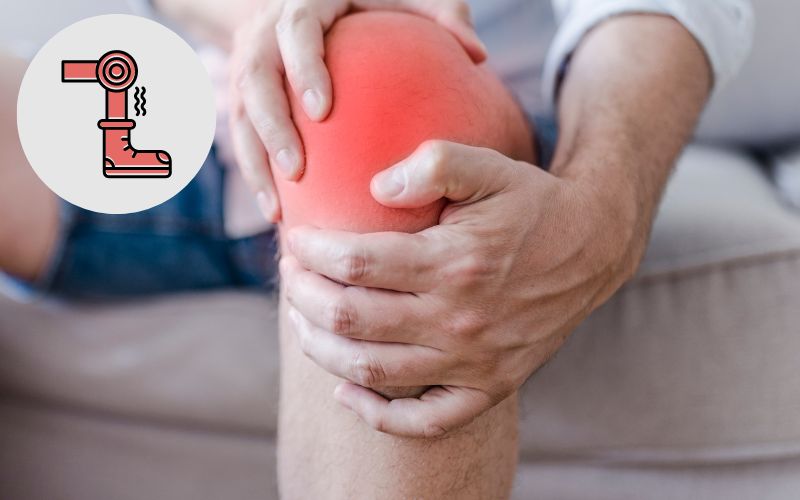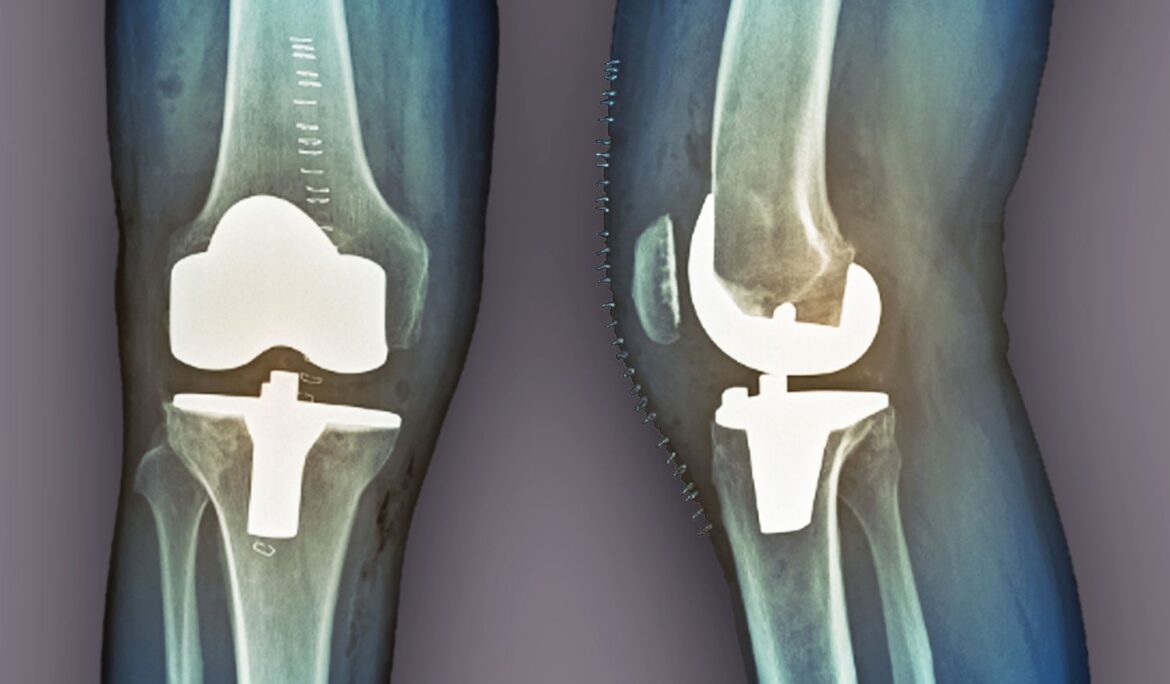A partial knee replacement surgery is a surgical procedure where only a part of the joint that is damaged is replaced with an artificial part. The human knee joint has three parts which include: the medial or inside (the inner thigh part), lateral or outside (the outer thigh part), and the patellofemoral in the front.

In cases where only one of these areas is affected by arthritis or injury then a partial knee replacement is considered as opposed to a total knee joint replacement. The total knee replacement is rather aggressive since it also removes the healthy tissue surrounding the damaged tissue
Advantages of Partial Knee Replacement
Partial knee replacement surgery offers several distinct advantages over total knee replacement, particularly to patients who have less knee damage. Some of them include:
● Bone Preservation: Since the procedure focuses on only one section of the knee, it requires a smaller cut. This results in less trauma to the surrounding tissues, shorter duration of hospital admission, and faster recovery time.
● Improved Mobility: As not all the ligaments and supportive structures are removed from the bone in this surgery, knee movement and stability are more natural after surgery.
● Shorter Rehabilitation Period: Patients who lead active lifestyles often benefit from a shorter rehabilitation period with partial knee replacement surgery compared to more invasive procedures. This allows them to return to work, and daily activities, and even engage in low-impact sports much sooner.
● Reduced Pain Following Surgery: There is minimal trauma within soft tissues surmounting the surgical site in this type of surgery. Thus, you will have to endure less pain as compared to total knee replacement.
● Decreased Percentage of Complications: The operating technique is less invasive in manner, there are fewer postoperative complications such as deep vein thrombosis or pulmonary embolism than there would be after more invasive surgical procedures.
● Economically Viable: Since partial knee replacement surgery is less invasive, the expenses are favorable, including the operation and also the post-operative costs.
What happens during the surgery
● Preparation: As soon as the anesthesia is effective, the surgeon makes a small cut on the knee. There is less tissue disruption than with total knee replacement. The incision is usually 3-5 inches long.
● Inspection of the Knee Joint: The surgeon will take a look into the knee joint and check if any of the compartments are damaged. If damage is broader than first diagnosed, there may be no other option than to perform total knee replacement.
● Reshaping the Detrimental Cortical Region: The damaged section is debrided of the cartilage and a thin rim of bone.
● Implant Placement: Within the prepared site, the prosthesis is placed. The implant performs the standard functions of a knee while allowing you to move without discomfort
. ● Closing the Incision: Stitches or staples are used to seal the incision after the implant is put in place, along with a dressing.
Recovery After Partial Knee Replacement Surgery
● Immediately After Surgery: After the surgery, patients are encouraged to initiate movement of the knee joint. Physical therapy commences on the same day to ensure and maintain the range of motion whilst avoiding stiffness.
● First Two Weeks: In the first two weeks span of the rehabilitation stage patients undergo further sessions in physical therapy to regain normal strength and motion. Patients may require the use of crutches or a walker for support.
● 4-6 Weeks: After 4-6 weeks since the surgery, most of the patients can leave behind crutches or walkers. Many can also undertake some light physical activities like driving. Physical therapy is still very alive at this period to quickly and completely restore functional and anatomical features.
● 3 Months and Beyond: Typically, it takes between three to six months for complete recovery. During this time, physical activity can be progressively increased, but high-impact sports and activities should still be shunned for a while. Swimming, cycling, and walking are examples that should be encouraged in maintaining joint health and building strength.
● Long-Term Results: Many patients report persistent knee pain relief and can resume regular activities after having partial knee replacement surgery.
Conclusion
Partial knee joint replacement surgery is more appropriate for localized damage in the knee than total knee replacement, allowing lower morbidity, less pain, and better functional recovery from the surgery.













